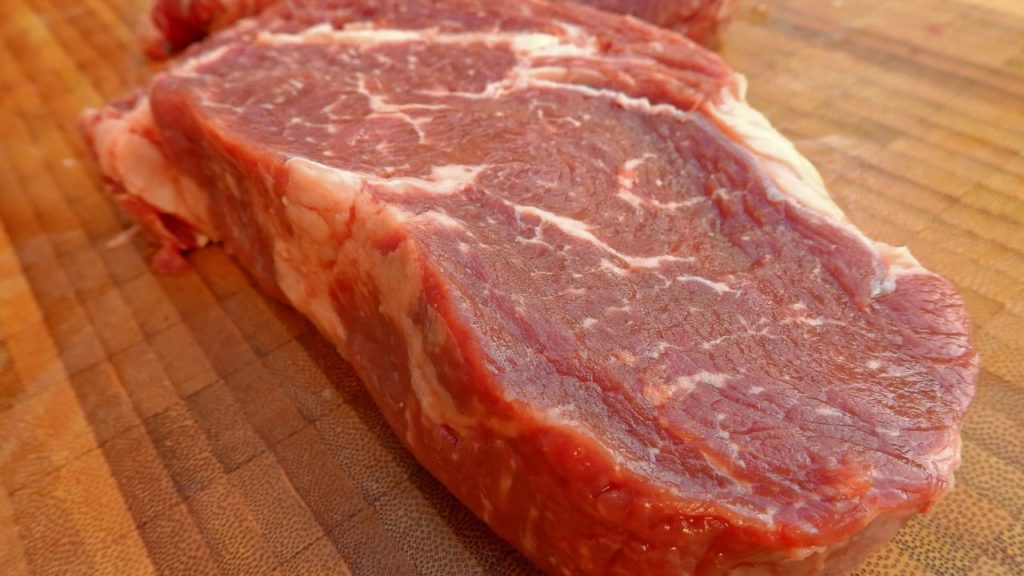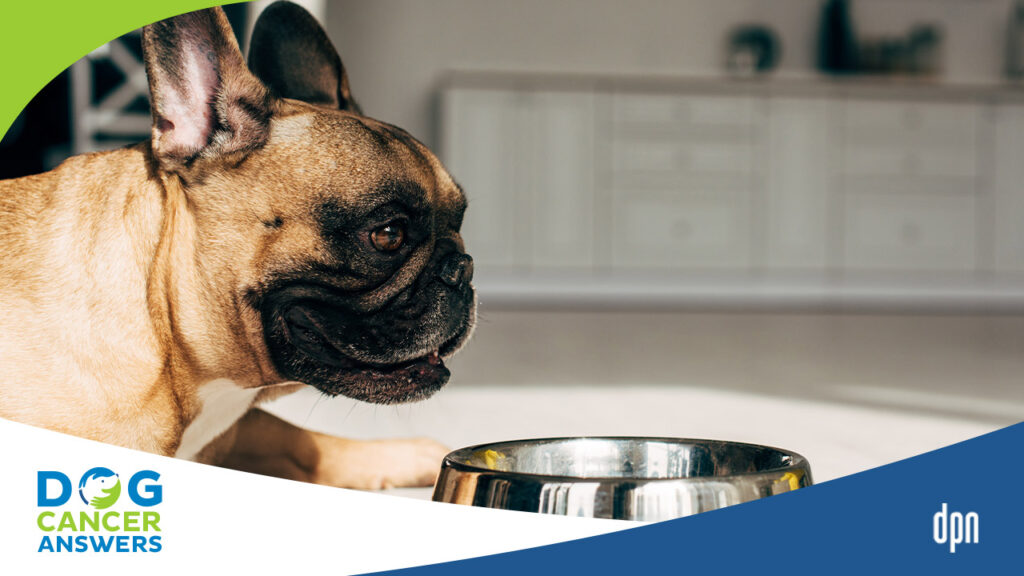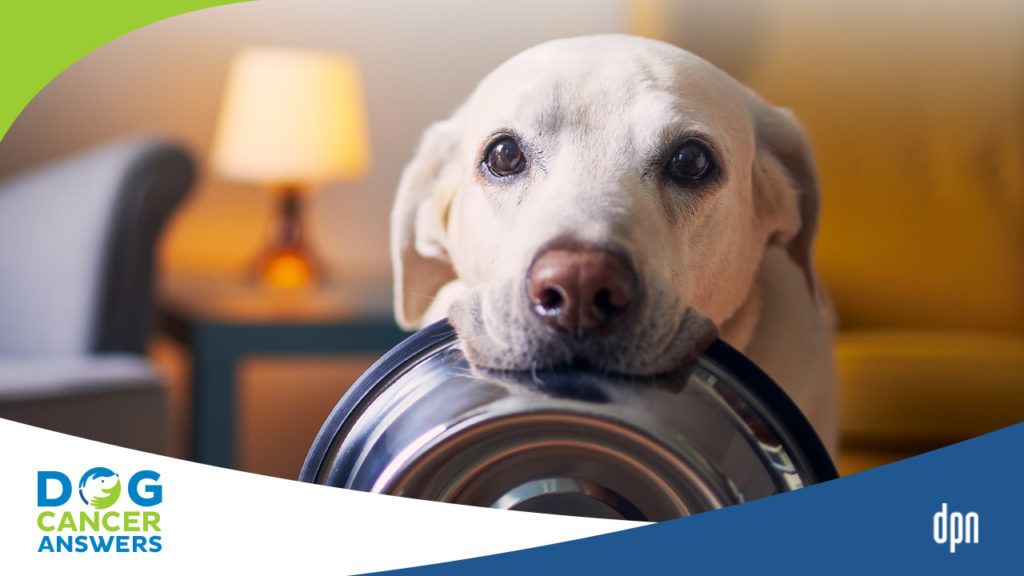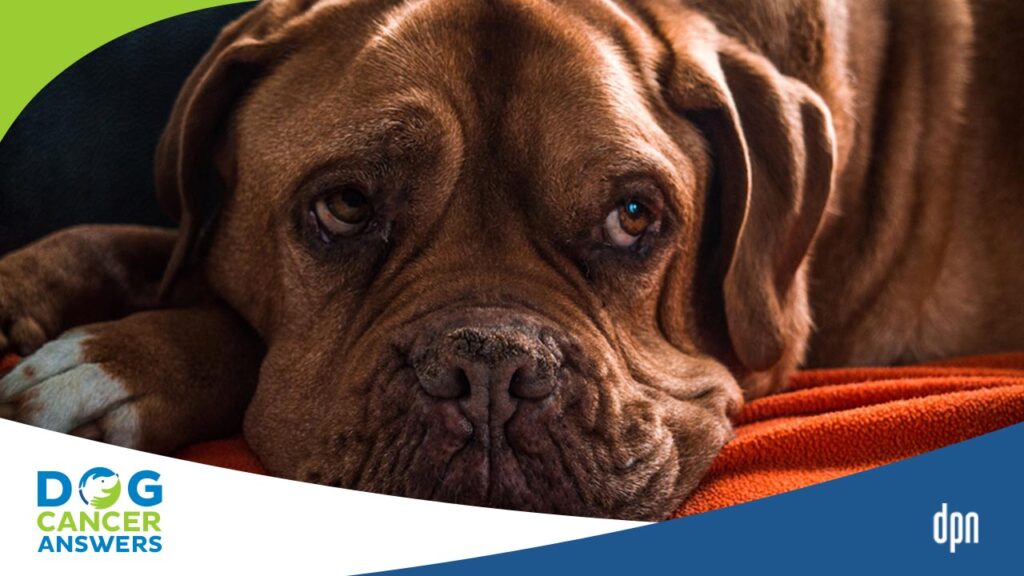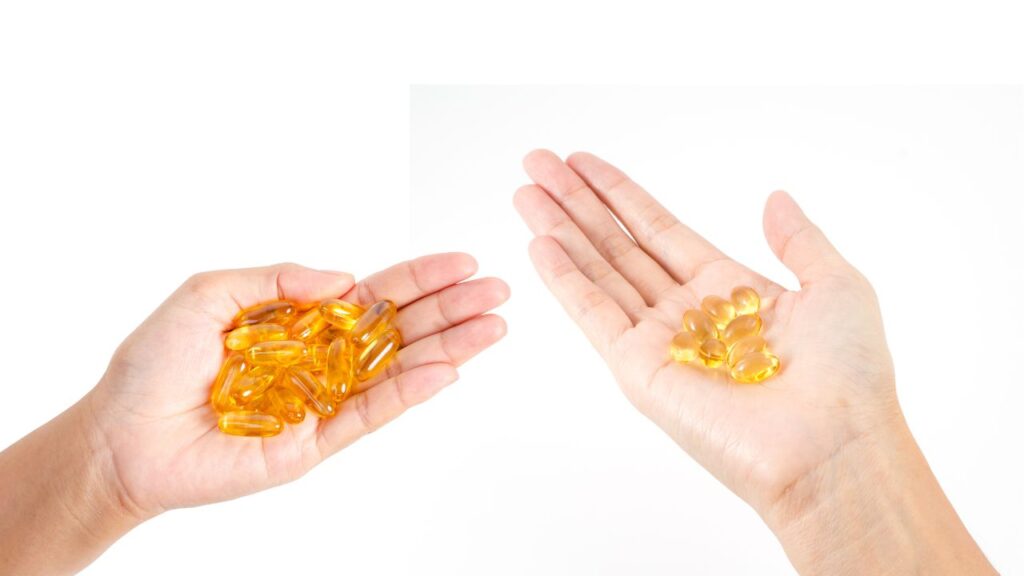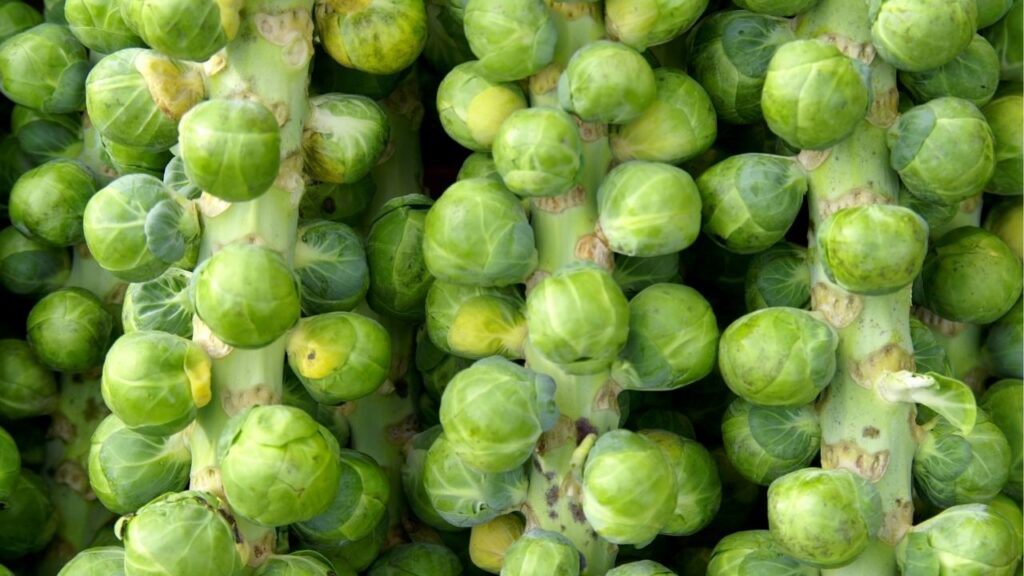Liver is one of the most nutritionally dense foods. It contains protein, iron, and important vitamins, which makes it supportive for anemia and bone health. It is inexpensive, easy to find, and is available in a variety of animal options.
Key Takeaways
- Liver is good for dogs to eat and can be fed every day in small amounts.
- Liver should be cooked to decrease the risk of infection or food-borne illness.
- How much liver you can give your dog depends on their size and health profile. A rough guideline is 2-3 ounces (about 85.05 g) of liver a day for a 50-pound dog.
- You can cook liver for your dog by simmering it in a pan.
- Just about any type of liver is good for dogs, but beef liver is a better choice than chicken liver if your dog has a sensitive stomach or is prone to pancreatitis.
- The benefits of liver include being a great source of protein, vitamins and minerals, and iron.
Liver: Yummy and Nutritious
The liver is a vital organ that is part of many body processes. It is involved in processing digested foods, storing and creating glucose, iron, vitamins, and essential nutrients, and filtering drugs and toxins from the blood.8 But most important (to your dog), this organ meat is also delicious and nutritious!
Liver is inexpensive and readily available in grocery stores and butcher shops. Commonly consumed liver types include:
- Beef
- Chicken
- Duck
- Lamb
- Pig
Liver is also an ingredient found in commercial dog foods and treats.
Is Liver Good for Dogs?
While individual dogs may not tolerate liver or have sensitivities to specific types of liver, in general, it is a safe addition to your dog’s diet.
For example, a study that followed a group of healthy dogs who ate a chicken-liver-based diet for 45 days found that the dogs maintained normal blood values and had a stable gut microbiome.3
Some of the nutrients that the liver contains include:
- Protein
- Iron
- Vitamin A
- Vitamin B
- Vitamin C
- Potassium
- Phosphorus
- Copper
Liver’s iron content makes it helpful to treat anemia, and the vitamins and minerals are beneficial for bone health.
Which Type of Liver Should I Feed?
If your dog has no food allergy, any type of liver should be fine to feed. Avoid livers from animals your dog is allergic to: for example; if your dog is allergic to chicken meat, she will also be allergic to chicken liver.
That said, there are some known differences between different species.
- Beef liver has more minerals than chicken liver. On the other hand, chicken liver has more vitamins A and B.
- Chicken liver has 30% more fat than beef liver and is higher in polyunsaturated fats.4
The lower fat content in beef liver makes it safer than chicken liver if your dog is prone to pancreatitis or has a sensitive stomach.
When to Not Feed Liver
As with anything, there can be too much of a good thing, and feeding your dog too much liver can cause issues. This organ meat is quite rich and can overload your dog with nutrients that are not readily processed and removed from the body.
Problems that can occur due to feeding too much liver include:1,4
- High cholesterol levels
- Vitamin A toxicity
- Copper toxicity in dogs prone to copper storage disease. (This is becoming more common, even in dog breeds not known to have predispositions to copper storage disease.)
If your dog already has high cholesterol levels or is a breed at risk of copper storage disease, you will want to keep liver supplementation at a minimum.
In people, consuming large amounts of beef or chicken liver has been shown to interact with some antibiotics and MAOI antidepressants.5 If your dog is on one of these medications, talk to your veterinarian before feeding her liver.
How Much Liver Can Dogs Eat?
Because of how rich liver is and the risk of some nutrient toxicities, it is good to keep track of how much your dog consumes.
Liver should only make up a small percentage of your dog’s diet to maximize benefits while minimizing risks. For example, the average 50-pound dog should eat about 2-3 ounces (about 85.05 g) of liver daily.9
Remember that if there is already liver in your dog’s diet (check your labels!), adding more liver can quickly exceed optimal copper intake. And if the food contains a synthetic copper supplement, the risk is even greater.10,11
Also, be sure you are factoring in liver when calculating your dog’s daily calories to avoid unwanted weight gain.
Add liver to your dog’s diet slowly, starting with a small amount and working to the maximum amount. This allows your dog to get used to it and will reduce the risk of diarrhea or other gastrointestinal upset that can occur when starting a new food.
How to Prepare
Dogs can eat beef, goat, lamb, pork, chicken, turkey, duck, and venison liver.6 Although dogs can eat raw liver, consuming raw foods increases the chance of bacterial and parasitic infections, and most veterinarians agree patients with cancer should not consume them because they have a compromised immune system.
Instead, simmer the liver in a pan and cook it through to decrease the chances of infection. If your dog is sensitive to fat, cut the liver up before cooking it so that more fat will come out while you are cooking (you can then dab the fat off the liver with a paper towel before feeding it to your dog).9
Sources for Liver
You can get liver from a variety of sources for your dog.
When available, organic and grass-fed meats and meat products are a better choice than commercially produced products. This is because commercially produced meats are generally higher in fat6 and the animals may have had exposure to pesticides and antibiotic-resistant bacteria7 (though it should be noted that animals on organic farms may also be exposed to organic pesticides).
Grass-fed and/or free-range animals, especially cows, also tend to have lower copper amounts in their liver than commercially farmed animals. Using liver from free range or pasture fed animals helps alleviate copper toxicity concerns.
For the freshest liver, seek out your local butcher shop. Many customers pass up organ meats, so you may be able to negotiate a lower price.
- Liver: Is it good for you? Nourish by WebMD. https://www.webmd.com/diet/liver-good-for-you#:~:text=Liver%20is%20one%20of%20the,your%20risk%20of%20nutrient%20deficiency. Published December 22, 2022. Accessed January 25, 2023.
- Rowles A. Why liver is a nutrient-dense superfood. Healthline. https://www.healthline.com/nutrition/why-liver-is-a-superfood#TOC_TITLE_HDR_3. Published June 7, 2017. Accessed January 25, 2023.
- Pinto CF, de Oliveira BB, Bortolo M, Guldenpfennig R, Marx FR, Trevizan L. Hydrolyzed chicken liver used as single source of animal protein in diet and its effect on cytokines, immunoglobulins, and fecal microbiota profile of adult dogs. PLOS ONE. 2022;17(7). doi:10.1371/journal.pone.0271932
- Bostrum B, Cook A. Diagnosing and treating canine copper-associated hepatopathies. DVM 360. https://www.dvm360.com/view/diagnosing-and-treating-canine-copper-associated-hepatopathies. Published August 1, 2008. Accessed April 12, 2023.
- Understanding Food and medication interactions. Tufts Health & Nutrition Letter. https://www.nutritionletter.tufts.edu/special-reports/understanding-food-and-medication-interactions/. Published September 17, 2019. Accessed January 25, 2023.
- Średnicka-Tober D, Barański M, Seal C, et al. Composition differences between organic and conventional meat: A systematic literature review and meta-analysis. British Journal of Nutrition. 2016;115(6):994-1011. doi:10.1017/s0007114515005073
- Smith-Spangler C, Brandeau ML, Hunter GE, et al. Are organic foods safer or healthier than conventional alternatives? Annals of Internal Medicine. 2012;157(5):348. doi:10.7326/0003-4819-157-5-201209040-00007
- Liver: Anatomy and functions. Liver: Anatomy and Functions | Johns Hopkins Medicine. https://www.hopkinsmedicine.org/health/conditions-and-diseases/liver-anatomy-and-functions. Published November 19, 2019. Accessed March 28, 2023.
- Dressler D, Ettinger S. The Dog Cancer Survival Guide: Full Spectrum Treatments to Optimize Your Dog’s Life Quality and Longevity. Maui, HI: Maui Media, LLC; 2011.
- Center Sa, et al. Is It Time To Reconsider Current Guidelines For Copper Content In Commercial Dog Foods? Journal Of The American Veterinary Medical Association. 2021; 258:357-364.
- Strickland JM, Buchweitz JP et al. Hepatic copper concentrations in 546 dogs (1982-2015). J Vet Intern Med. 2018 Nov;32(6):1943-1950
Topics
Did You Find This Helpful? Share It with Your Pack!
Use the buttons to share what you learned on social media, download a PDF, print this out, or email it to your veterinarian.

